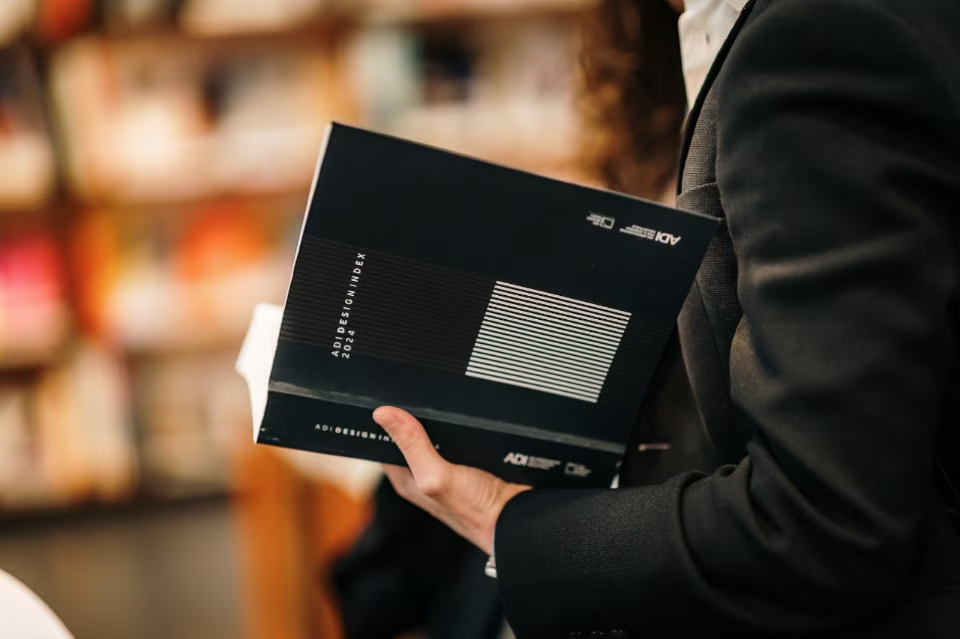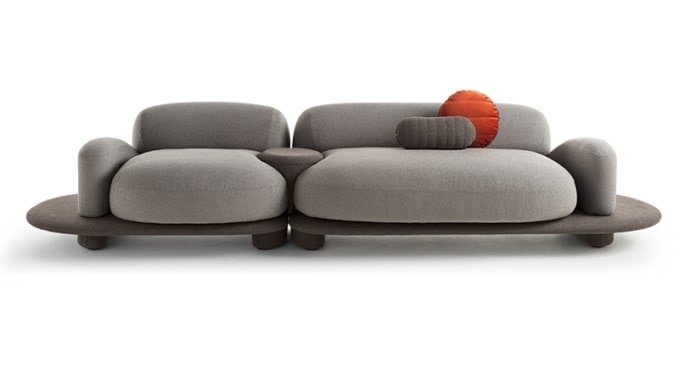The invention of the Compasso d'Oro award in 1954, from an idea by Gio Ponti, automatically generated another idea that was not there before, although we can find it everywhere today: awarding design. Thus, in addition to formalising the existence of design itself as a discipline and as a universe, it was also about making explicit what “quality” meant for products, about portraying, sometimes orienting contemporary trends.
During the new millennium, the ADI Design Index, now in its twenty-fifth annual edition, has kept expanding this mission, acting as a research space that stretches beyond the award, while in fact functioning as its antechamber.

In fact, a new Index is out every year, and every two editions, the selected projects become the next Compasso nominees. Over the course of 2024, over 100 specialists forming Osservatorio Permanente sul Design (Permanent Design Observatory) of ADI, coordinated by a scientific committee (Laura Badalucco, Makio Hasuike, Domenico Sturabotti, Laura Traldi and Francesco Zurlo) have selected 241 projects between products and services, covering an increasingly broad diversity of categories, increasingly open to the non-tangible, both in terms of typologies and their intrinsic game-changing values.

We set out to interrogate the 2024 ADI Index as an evolving portrait of design today, and it gave us a scenario where priorities are changing, and what had hitherto seemed little more than wishful thinking seems to be taking hold, albeit gradually, even in the production realm, accessible to a wider number of users.
We find this scenario in the words of the jury, speaking of a time when process has priority over form – “innovation is often there but you can’t see it” – where sustainability becomes more of an essential condition for production than a label to be stuck on packaging.

And we find this also and above all in the distribution of the large atlas of award-winning projects among the different categories and themes.
More and more space is given to recent-entry categories, which move further away from the classic definition of design as product, if not directly as furniture.
More and more space is being given to projects that act on practices, from cutlery designed by Virgil Abloh to be “set up” by diners to digital services that facilitate access to legal cases or public healthcare services; to work, in terms of safe work for all; to circularity and life cycle efficiency in products as formally consolidated as sofas; to biomimesis and biophilic design, from components giving ceramics the elastic behaviour of plants to furnishing objects inhabited by lichens; to an extension of the digital realm that embraces form – as with Starck's AI chairs for Kartell – but above all the broadening of its applications, as with the translation of now well-known body scanning devices from virtual dressing rooms to the world of medical care.
Without any pretense of exhausting a whole universe, we have pretentiously chosen 5 projects to tell 5 of these stories of shifting paradigms.
Opening image: Grumetto. Elena Salmistraro per We Do Living – Busnelli








